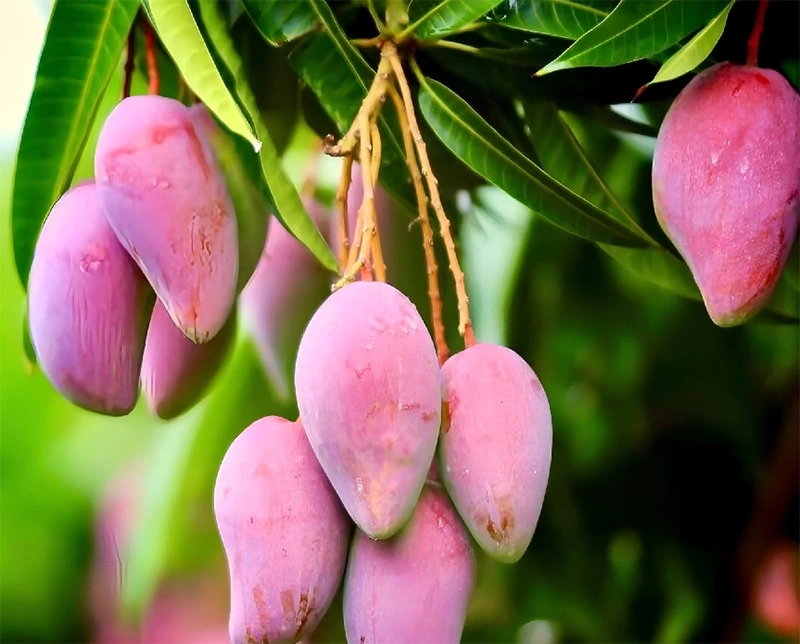30-Jun-2025

Thiourea, also known as sulfourea, is produced industrially using three process methods: the ammonium thiocyanate method, the diazomethane method, and the lime nitrogen method. At present, most manufacturers in my country use the lime nitrogen method, and the ammonium thiocyanate method and the diazomethane method have been gradually eliminated. The lime nitrogen method uses lime nitrogen and hydrogen sulfide gas to carry out absorption synthesis reaction in a synthesis reactor to obtain thiourea solution. After multiple filtrations, slag removal, washing and purification, the solution is poured into a crystallization tank for cooling and crystallization. After solid-liquid separation, the crystals are dried with a three-legged centrifuge and then dried to obtain the finished thiourea product.
Thiourea is an important chemical product. Thiourea is widely used in pesticides. For example, it can be made into insecticides, bactericides, miticides, nematodes, weed killers, plant growth regulators, and rodent killers. It can also be used to prevent citrus mildew and control the germination period of potatoes. Thiourea and hydrazine hydrate can directly react to produce thiosemicarbazide, which is an important pesticide intermediate, mainly used in the synthesis of diclofenac, chloranil, chlorfenapyr, thiadiazole herbicides and Sichuan Chemical 018 fungicide. It is also a rodenticide with a trade name of cypermethrin. It can be further synthesized into cypermethrin, which has a much higher rodenticide effect than tetracycline and has little harm to humans and animals. It is an acute rodenticide with great market potential.
Excellent service, reliable quality, delivering more value.
Contact us to start our journey of cooperation.
Email: [email protected]